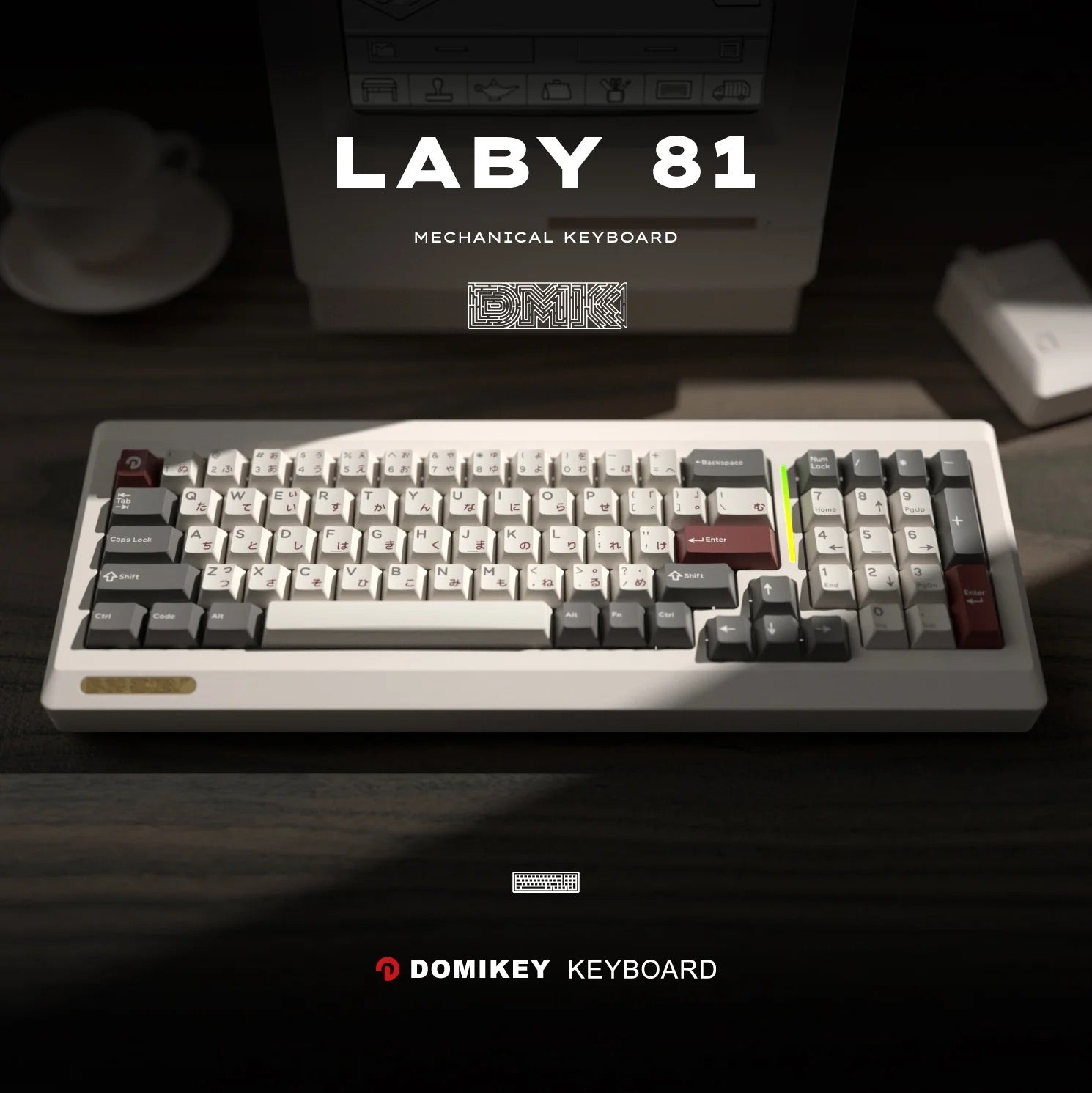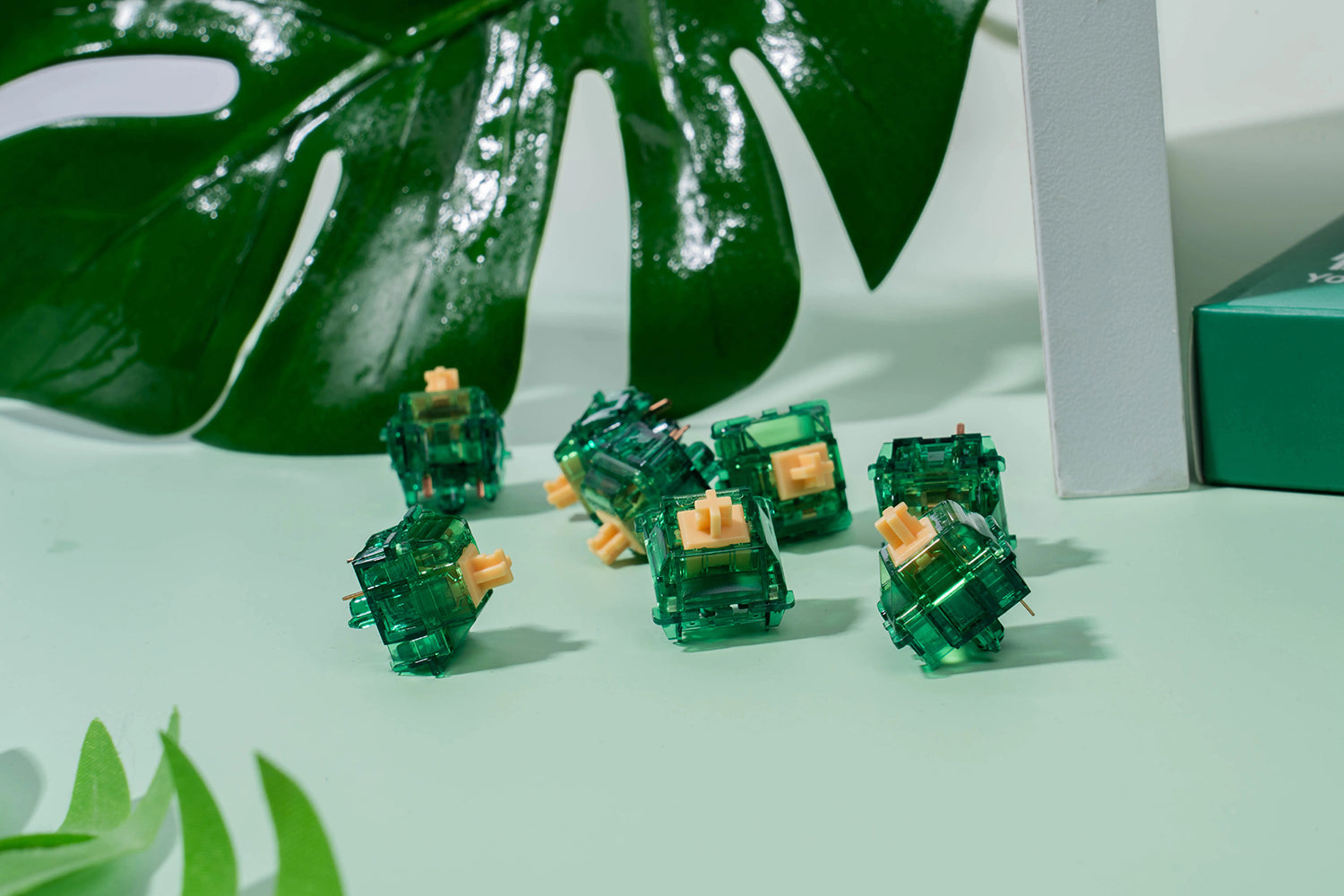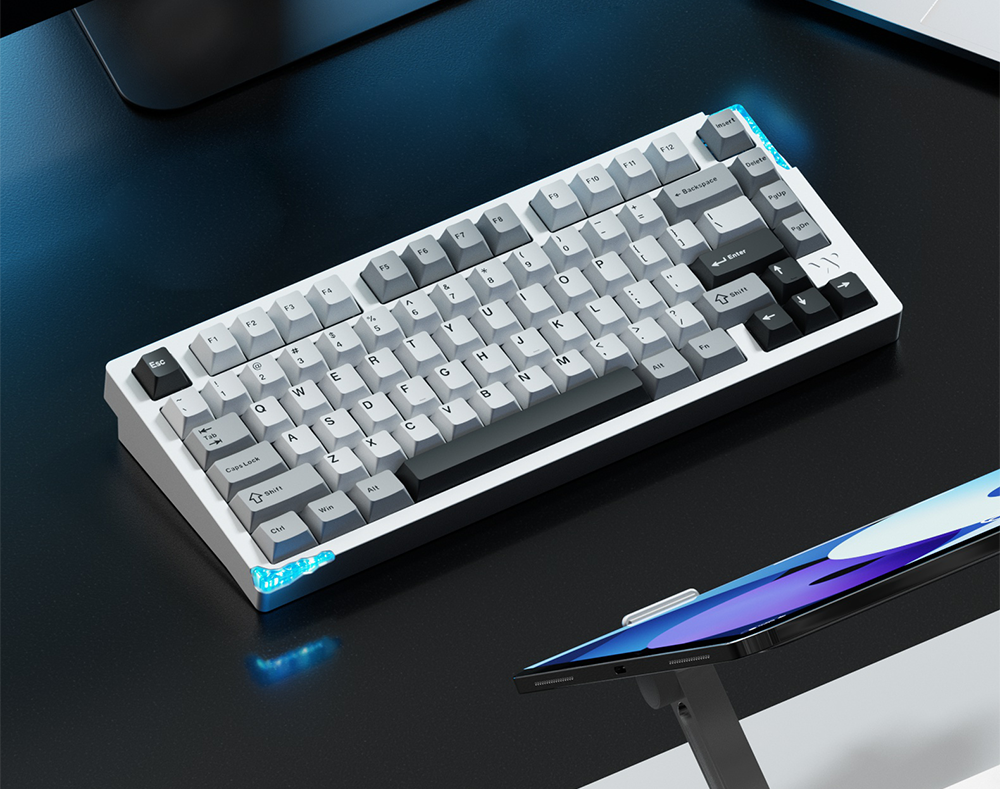Blogs/Updates
The Impact of Switch Actuation Force on Typing Speed and Accuracy: How It Affects Your Performance
When it comes to mechanical keyboards, one of the most crucial factors that can influence your typing experience is the actuation force of the switches. The actuation force is the amount of pressure required to register a key press, and it plays a significant role in both typing speed and accuracy. Whether you’re typing long documents or engaging in competitive gaming, understanding how different actuation forces affect your performance can help you make an informed decision when selecting the right keyboard switches for your needs. In this article, we’ll explore the relationship between switch actuation force, typing speed, and accuracy, and offer insights into how you can choose the best switch for your typing and gaming preferences. What is Actuation Force? Before diving into how actuation force affects performance, let's first define what it is. Actuation force refers to the amount of pressure, typically measured in grams (g), needed to press a key down and register a keystroke. Mechanical switches are designed with different actuation forces, ranging from lightweight switches that require less force, to heavier ones that need more pressure. Actuation force typically ranges from 35g to 80g or more. For example: Light switches require around 45g to 55g of actuation force. Medium switches require about 60g to 70g. Heavy switches often require 80g or more. Each actuation force level offers a distinct typing experience, so let’s examine how these varying forces can influence typing speed and accuracy. How Does Actuation Force Impact Typing Speed? Your typing speed depends on how quickly and comfortably you can press and release keys while typing. Lighter switches tend to favor faster typists, while heavier switches might slow you down, especially during long typing sessions. Light Switches (35g - 55g)Light switches require less force to actuate, making them ideal for fast typists. The reduced resistance means your fingers don’t have to work as hard, which can lead to quicker, more fluid keystrokes.Pros: Faster typing speed due to less resistance. More comfortable for long typing sessions, reducing finger fatigue.Cons: May increase the likelihood of accidental key presses (ghosting), especially for users who tend to bottom out keys. Medium Switches (55g - 70g)Medium switches strike a balance between speed and tactile feedback. They provide a moderate level of resistance, which allows for faster typing while still offering some tactile feedback to help you feel the actuation point.Pros: Balanced typing experience with feedback that helps you register key presses. Suitable for a wide variety of typing speeds.Cons: Slightly more effort required compared to lighter switches, potentially reducing speed for those with light fingers. Heavy Switches (70g and above)Heavy switches require a significant amount of force to actuate, which can slow down typing speed. These switches are often favored by those who prefer more resistance or need a more deliberate typing experience.Pros: Offers greater control and accuracy due to the additional resistance. Ideal for those who want to avoid accidental key presses.Cons: Slower typing speed for users who are not accustomed to the extra effort required. How Does Actuation Force Impact Typing Accuracy? While speed is important, typing accuracy is equally crucial. The right switch actuation force can help you strike a balance between speed and accuracy, enabling you to type with precision without unnecessary errors. Light Switches (35g - 55g)Light switches are often preferred for fast-paced typing, but they can result in increased typos due to accidental key presses or bottoming out. Since less force is needed to actuate the switch, there's a higher chance of mistakenly hitting the wrong key or pressing multiple keys at once.Pros: Can be great for quick typing with minimal effort.Cons: Typing accuracy can suffer, especially for users who tend to rest their fingers on the keys. More prone to accidental key presses, leading to errors. Medium Switches (55g - 70g)Medium switches offer a good balance, providing feedback without being too light or heavy. This moderate resistance can enhance typing accuracy, as it helps users become more aware of the key press. For most users, medium switches hit the sweet spot between speed and accuracy.Pros: Balanced resistance reduces accidental key presses and improves typing precision. Provides tactile feedback, which can help improve overall accuracy.Cons: May feel slightly slower than lighter switches for those who prefer speed over feedback. Heavy Switches (70g and above)Heavy switches require more force to press, which can help with accuracy because they demand more intentional key presses. These switches are less likely to result in accidental keystrokes, especially for people who tend to type aggressively. However, they may slow down typing speed, particularly for people who are used to lighter switches.Pros: Excellent for those who need maximum control and avoid mistakes. Reduces the chance of accidental key presses.Cons: The additional force can reduce typing speed and cause finger fatigue during extended sessions. What’s the Best Actuation Force for You? When choosing the right actuation force, it ultimately comes down to personal preference. Here’s how to determine what’s best for you: For Fast Typing: If you type quickly and prefer a low-resistance feel, lighter switches with an actuation force of 45g to 55g might be your ideal choice. For a Balanced Experience: If you want a mix of speed and tactile feedback, medium-force switches in the range of 55g to 70g offer a good balance, providing enough resistance without sacrificing speed. For Typing Control: If you prioritize accuracy and want to avoid mistakes, heavy switches with an actuation force of 70g or more can help ensure that each keystroke is intentional. Conclusion The actuation force of mechanical switches has a direct impact on both typing speed and accuracy. Lighter switches are ideal for fast typists, while medium and heavy switches can provide better control and fewer mistakes. Ultimately, the best switch for you depends on your typing style, speed, and preferences. If you’re a typist who wants to type faster with minimal effort, lighter switches may be the way to go. If you’re looking for accuracy and a balanced experience, medium-force switches are a great option. For those who need to avoid accidental keystrokes and want maximum control, heavy switches may be the best choice. Take the time to try out different switches to see what works best for you, and enjoy the personalized typing experience that comes with the right mechanical keyboard!
Read more













